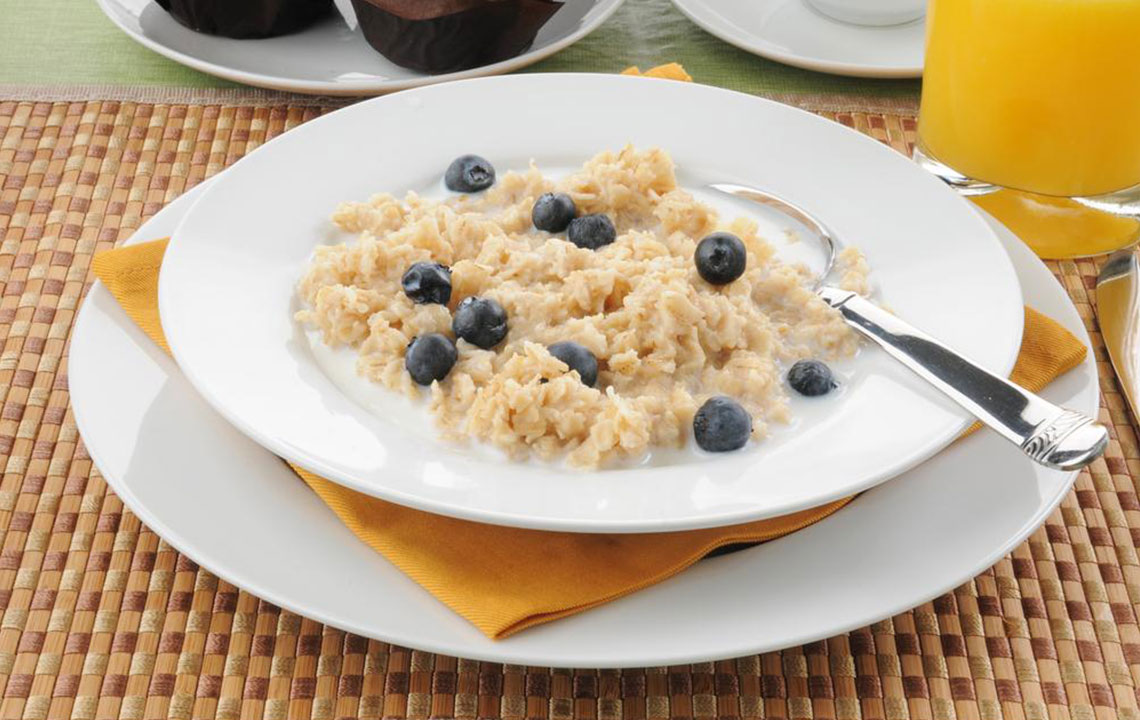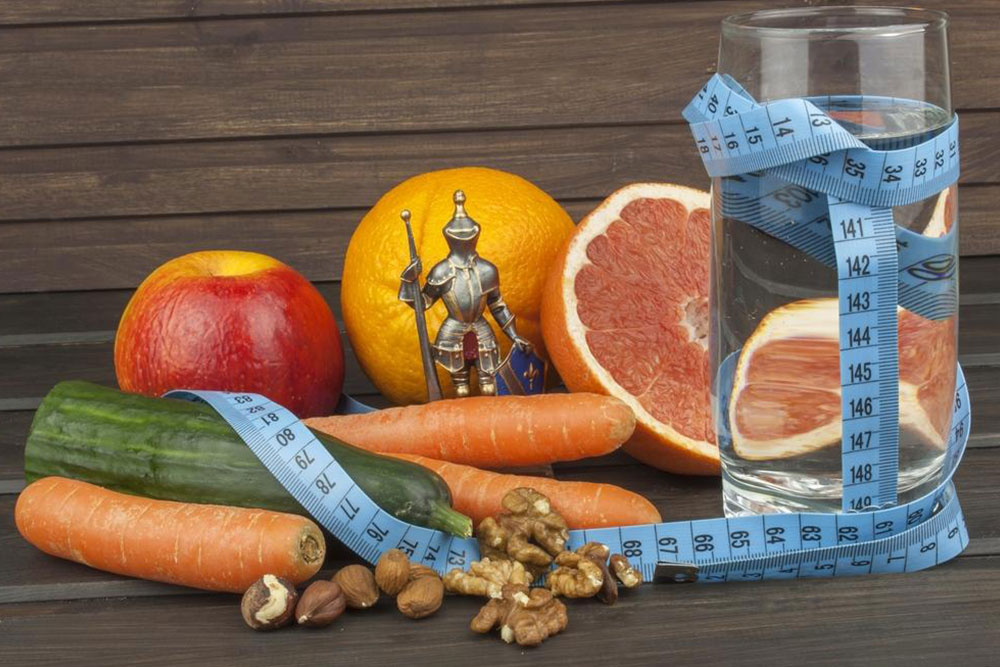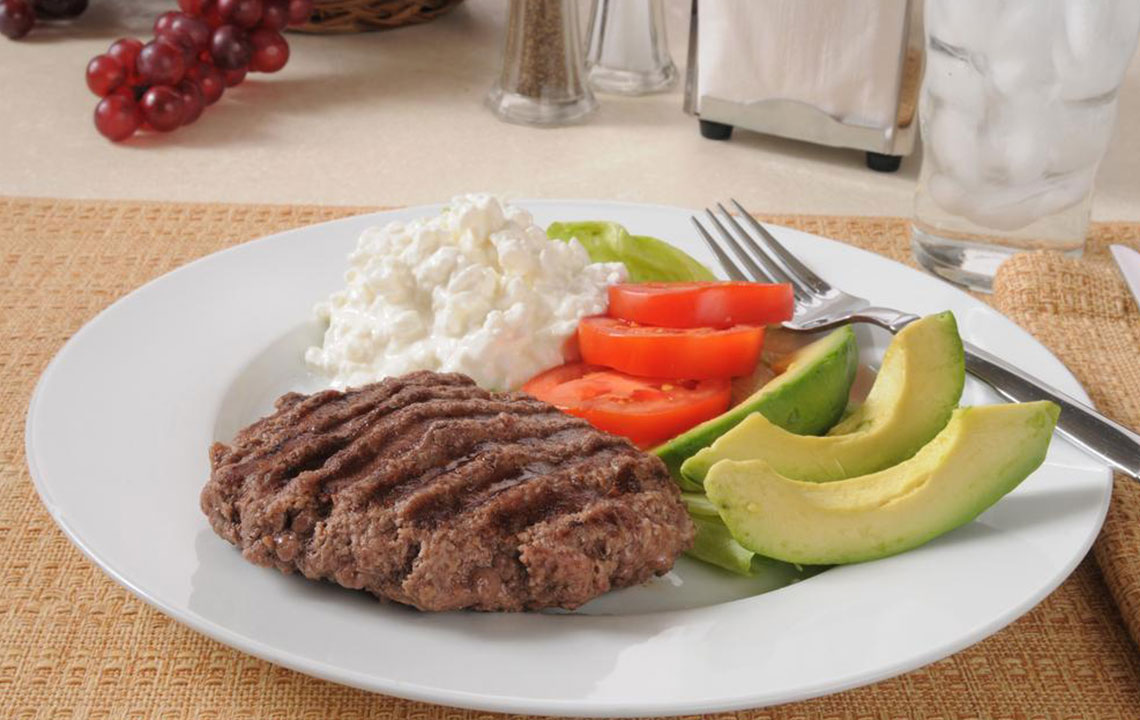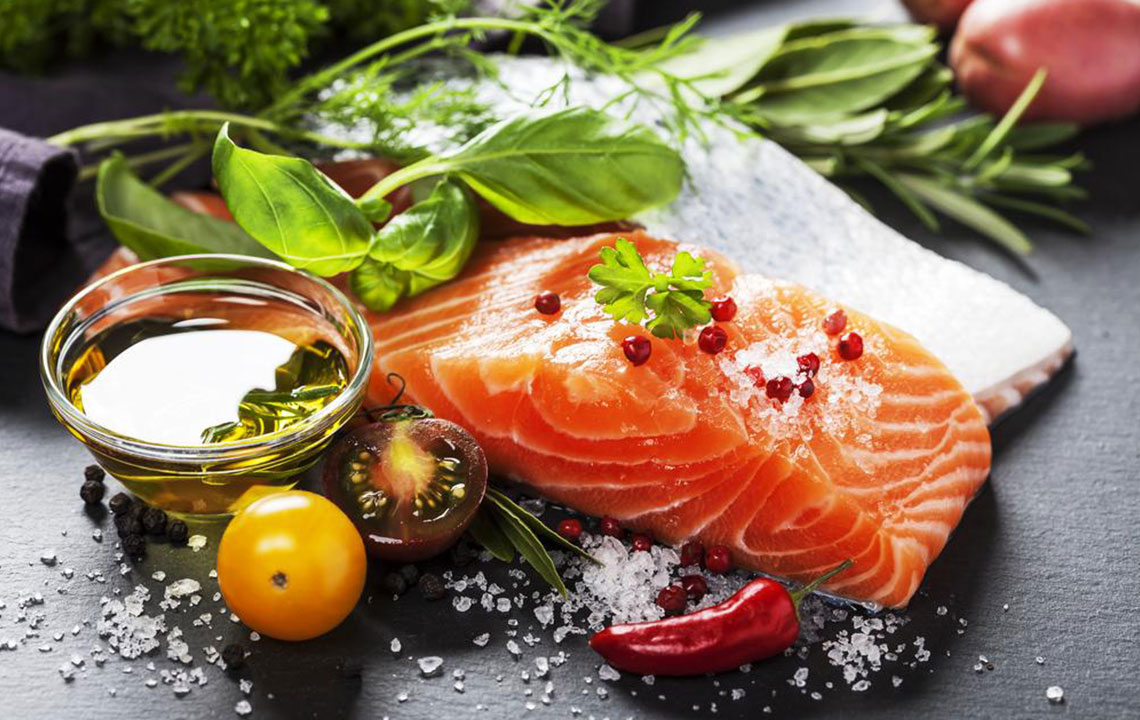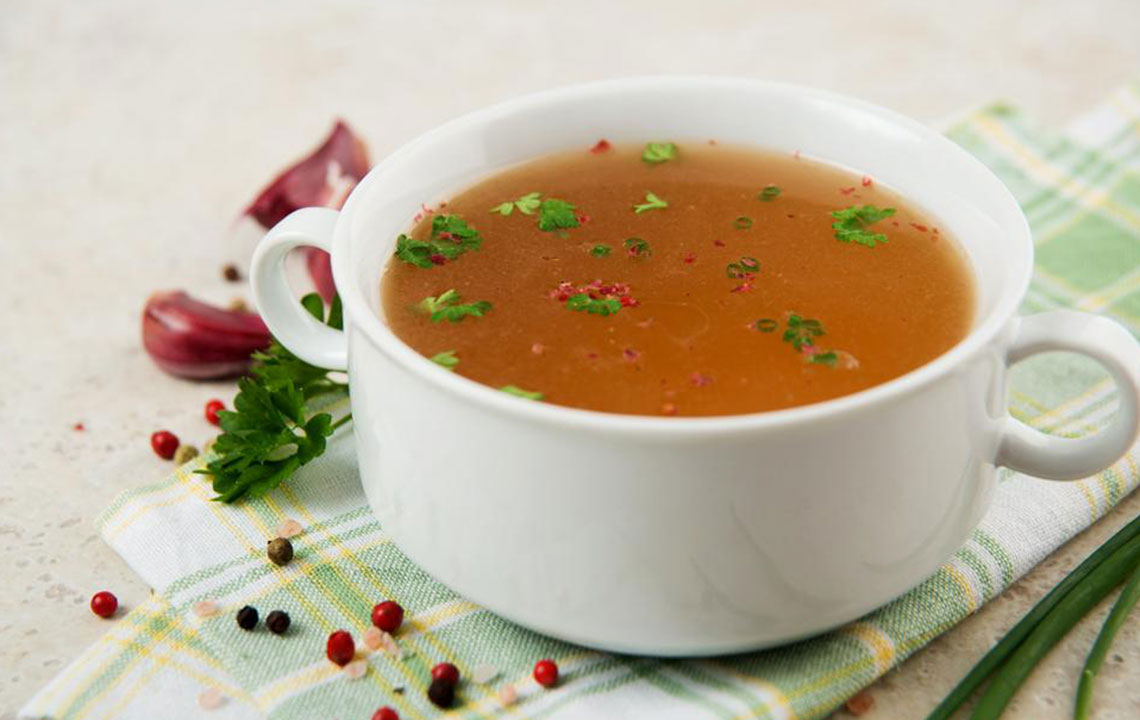Ultimate Guide to Top 6 Fiber-Packed Foods for Effective Weight Loss
Discover the top six fiber-rich foods that can boost your weight loss efforts and improve overall health. This guide details the benefits of avocados, almonds, blackberries, figs, peas, and flaxseeds, explaining how incorporating these foods into your daily diet can promote fullness, support digestion, and reduce disease risk. Learn creative ways to include these nutrient-dense foods in your meals and create a sustainable, healthful eating plan to achieve your weight management goals effectively.
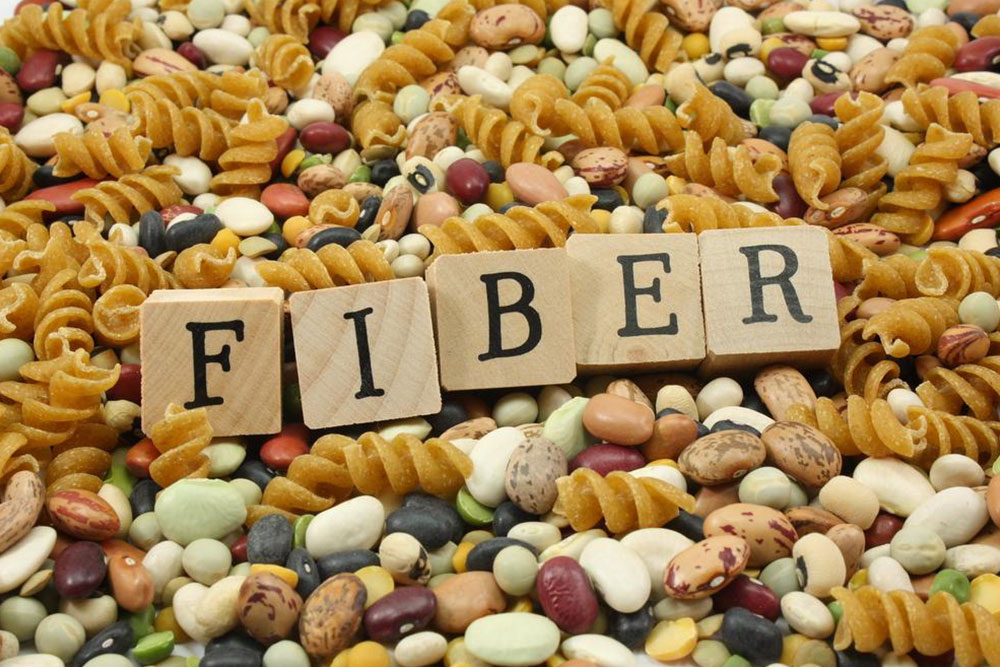
Ultimate Guide to Top 6 Fiber-Packed Foods for Effective Weight Loss
Embarking on a weight loss journey requires more than just cutting calories—it involves strategic dietary choices that promote fullness, enhance digestion, and support overall health. One of the most effective ways to achieve sustainable weight loss is by increasing your intake of dietary fiber. Fiber-rich foods not only help control appetite by promoting a sense of fullness but also facilitate healthy digestion, regulate blood sugar levels, and reduce the risk of chronic diseases such as heart disease, certain types of cancer, and hypertension. Nutritionists generally recommend consuming between 25 to 38 grams of fiber daily for optimal health benefits. To help you integrate these powerful foods into your diet, this comprehensive guide introduces six of the most nutrient-dense, fiber-rich foods that can support your weight management goals effectively.
Avocados: Fiber: approximately 10.5 grams per cup
Avocados are widely celebrated for their creamy texture and rich flavor, but they also pack a substantial fiber punch. This fruit contains healthy monounsaturated fats that are beneficial for heart health, helping to lower bad LDL cholesterol levels and elevate good HDL cholesterol. Additionally, avocados are a rich source of vitamin K, which plays a crucial role in maintaining strong bones and proper blood clotting. Interestingly, the fiber content can vary depending on the variety—Florida avocados tend to offer more insoluble fiber, which helps facilitate quick digestion, while California avocados have a slightly different profile. Incorporating chopped avocado into salads, sandwiches, or smoothies not only adds flavor but also promotes feelings of fullness, making it easier to adhere to your calorie-controlled diet.
Almonds: Fiber: approximately 3.5 grams per 24-28 nuts
Almonds are a nutrient-dense nut that offers a significant amount of dietary fiber, along with essential minerals like iron and magnesium. Their healthy fats, fiber, and protein content make them an excellent snack option for those looking to curb hunger without consuming empty calories. Replacing processed snacks such as chips or candies with a handful of almonds can help you stay full longer and prevent overeating. Moreover, almonds support metabolic health and aid in controlling blood sugar levels, which are critical factors in sustained weight management. Incorporating almonds into your diet can be as simple as adding them to your oatmeal, yogurt, or snacks throughout the day.
Blackberries: Fiber: approximately 7.6 grams per cup
Blackberries are a delicious berry loaded with a potent mix of nutrients, including omega-6 fatty acids, potassium, magnesium, and high levels of vitamins C and K. Their antioxidant properties help combat oxidative stress and reduce inflammation. As an excellent source of dietary fiber, blackberries support digestive health, regulate blood sugar levels, and aid in weight loss. You can enjoy blackberries fresh or incorporate them into your breakfast cereals, smoothies, or yogurt bowls. Their naturally sweet flavor makes them a satisfying addition to healthy snacks, salads, or desserts—supporting both your taste buds and your health goals.
Figs: Fiber: approximately 14.6 grams per cup of dried figs
Dried figs are one of nature’s rich sources of dietary fiber, providing a balanced mixture of soluble and insoluble fibers. This combination helps regulate your appetite, preventing overeating, and can also assist in lowering blood pressure levels. Figs contain beneficial nutrients that help prevent eye degeneration and support healthy digestion. Their natural sweetness makes them a perfect addition to oatmeal, cereal, or salads. Including dried figs in your diet can enhance overall nutrient density, support cardiovascular health, and aid in weight management.
Peas: Fiber: approximately 8.6 grams per cooked cup
Peas are a versatile, fiber-rich vegetable that provides a wealth of antioxidants and anti-inflammatory compounds. They are valuable for supporting weight loss by boosting feelings of fullness and improving digestion. Peas are also rich in plant-based protein, which helps in muscle maintenance and satiety. You can enjoy peas as a side dish, blend them into nutritious soups, or toss them into salads—adding both flavor and health benefits to your meals. Their high fiber content aids in stabilizing blood sugar levels and promoting a healthy gut, making them a smart addition to any weight loss-focused diet.
Flaxseeds: Fiber: approximately 2.8 grams per tablespoon
Flaxseeds are a tiny powerhouse of nutrition, packed with dietary fiber and omega-3 fatty acids. Just one tablespoon of ground flaxseeds can significantly improve feelings of fullness and help reduce calorie intake. The omega-3s present in flaxseeds support cardiovascular health and may help prevent lifestyle-related diseases like diabetes. They are easy to incorporate into your diet—simply sprinkle ground flaxseeds into smoothies, salads, yogurt, or baked goods. Their mild nutty flavor complements a variety of dishes while providing a substantial boost of fiber and healthy fats.
In conclusion, enhancing your diet with these six fiber-rich foods can be a highly effective strategy for supporting your weight loss goals while improving overall health. By understanding the nutritional benefits of avocados, almonds, blackberries, figs, peas, and flaxseeds, and knowing how to incorporate them into your meals, you can create a sustainable, nutritious eating plan. Remember that consistency is key—pairing high-fiber foods with regular physical activity and a balanced lifestyle will yield the best results over time. Start small, gradually increase your fiber intake, and enjoy the numerous health benefits these foods provide on your journey to better health and weight management.
